Virtual reality and virtual exhibits: Economic considerations for exhibitions
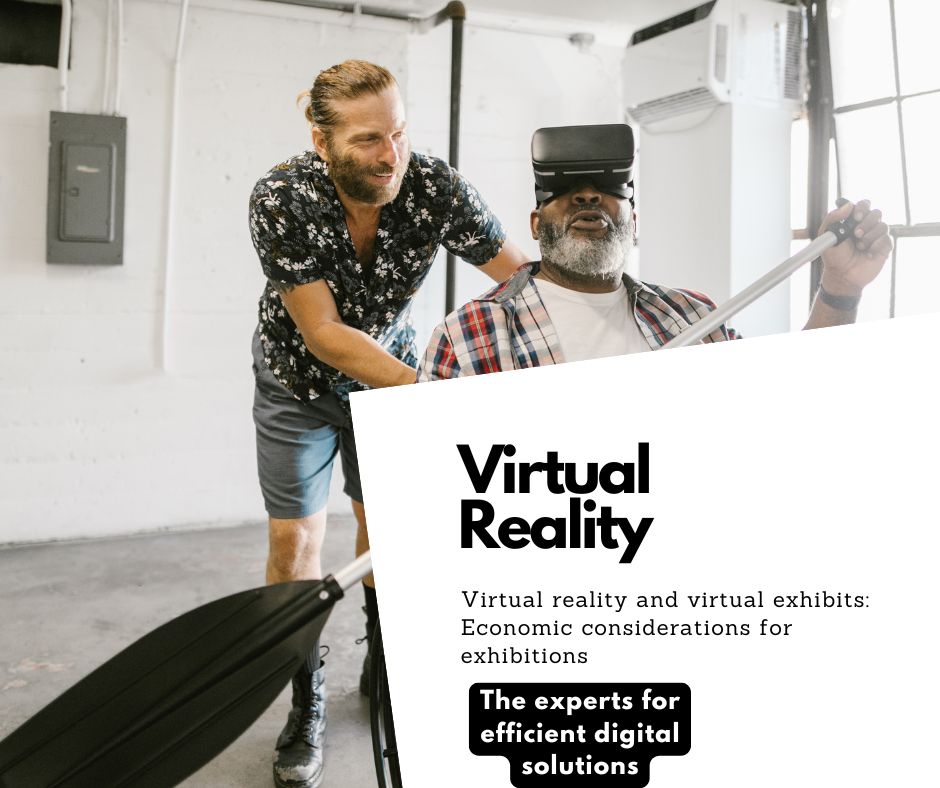
Virtual reality (VR) and virtual exhibits are becoming increasingly important for exhibitions and events. Companies and institutions are using these technologies to create immersive and interactive experiences that increase visitor engagement and convey the brand’s message in innovative ways. VR makes it possible to present content in a way that goes beyond traditional methods by immersing the audience directly into the experiences.
But with these new opportunities come important commercial considerations. Implementing virtual reality and virtual exhibits requires careful planning and budgeting to ensure that the investment is profitable in the long term. In this article, we take an in-depth look at the cost factors associated with using VR in exhibitions and offer valuable insights into how organizations can successfully leverage these technologies to achieve their goals. Together, let’s shed light on the economic considerations that play a role in the decision to use virtual reality and virtual exhibits.
What is virtual reality and how does it work?
Virtual reality (VR) is an innovative technology that enables users to immerse themselves in computer-generated, three-dimensional environments and experience them interactively. In the context of exhibitions and virtual exhibits, VR opens up completely new possibilities for presenting content and captivating visitors. This technology differs significantly from traditional exhibition methods and offers unique advantages.
The basics of virtual reality in exhibitions
VR is often realized using special headsets that offer users an immersive experience by isolating them from the real environment. The main components are:
- VR headset: This device offers visitors a complete visual experience by displaying stereoscopic images and conveying a sense of depth and space.
- Motion sensors: They track the user’s head movements in real time so that the virtual environment adapts accordingly. This allows users to look around the digital world and adopt different perspectives.
- Interaction devices: Controllers or hand movements enable users to interact with the virtual environment, for example by gripping or manipulating objects.
How virtual reality works in exhibitions
In the context of exhibitions, the process of virtual reality implementation involves several steps to ensure that the experience is engaging and informative:
- Content creation: VR applications create digital 3D models of exhibits or environments. This can be done using 3D scans or digital modeling to ensure a realistic representation.
- Real-time rendering: The virtual environment is rendered in real time to immediately reflect the user’s interaction. Visitors can thus interact dynamically with the content.
- Interactive experiences: VR allows users to actively participate in the exhibition by navigating through virtual spaces, requesting information or exploring objects. This interactivity takes the user experience to a new level.
Differences to traditional exhibition methods
The use of VR in exhibitions offers numerous advantages compared to conventional methods:
- Immersive experience: While traditional exhibitions often rely on static exhibits and passive viewing, VR allows visitors to actively immerse themselves in the presentation and engage with the content.
- Expanded content: VR can vividly illustrate complex concepts that might be difficult to convey with physical exhibits. For example, visitors can experience historical events up close or explore scientific principles interactively.
- Accessibility: Virtual exhibits can be made available anytime and anywhere, increasing the reach of the exhibition. Visitors can access the content from home or wherever they are.
- Data analysis: VR applications offer valuable insights into user behavior as they collect data on visitor interactions. This information can be used to improve future exhibitions.
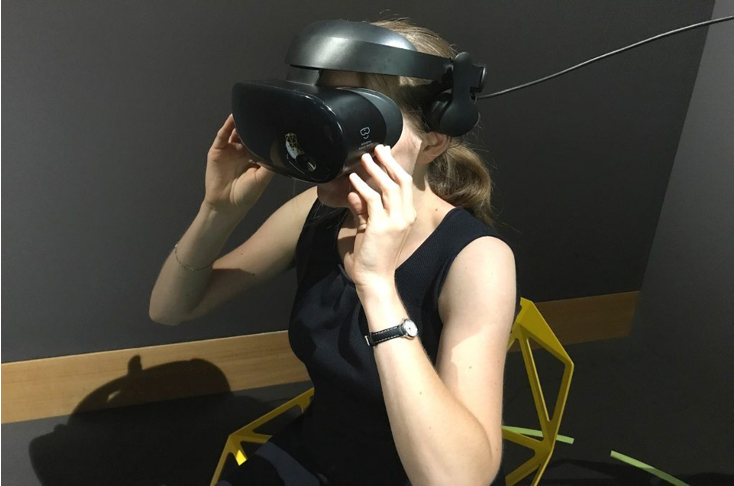
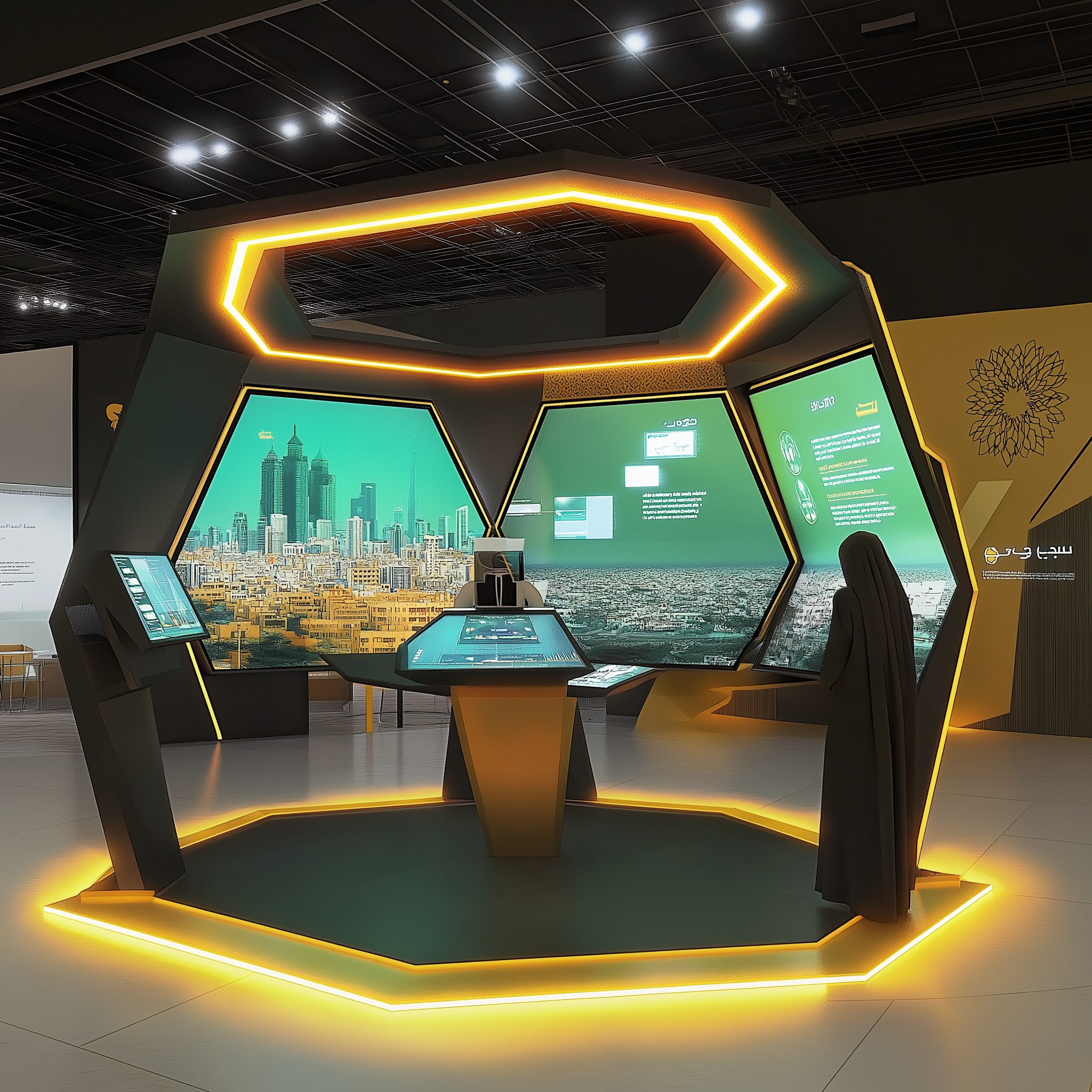
Virtual reality is transforming the way exhibitions are designed and experienced. Through immersive and interactive experiences, VR sets itself apart from traditional exhibition methods and opens up new opportunities to engage and inform visitors. In a world where visitor expectations are rising, the integration of virtual reality into exhibitions represents a significant opportunity to present content in innovative ways.
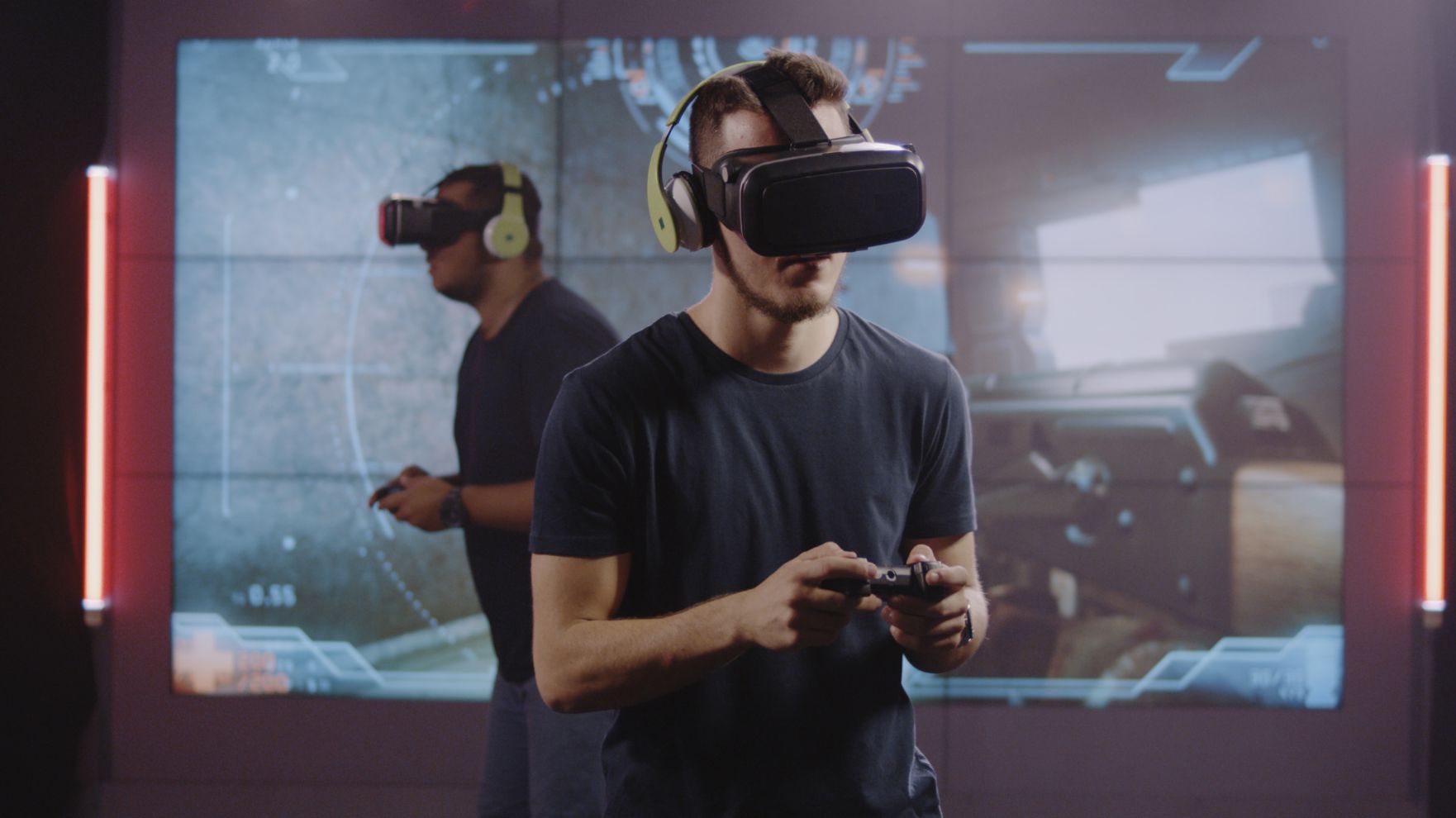
Advantages of virtual reality and virtual exhibits
Virtual reality (VR) and virtual exhibits offer a variety of benefits that can revolutionize exhibitions and events. Here are the key aspects that show how VR enriches the visitor experience while increasing engagement and outreach for brands and institutions. The integration of virtual reality and virtual exhibits into exhibitions offers significant benefits that go beyond the traditional presentation of content. With the ability to increase visitor numbers, improve the user experience and reach new audiences, VR technologies represent an important investment for the future of exhibitions.
Increase in visitor numbers and engagement
One of the most outstanding benefits of virtual reality is its ability to increase visitor numbers. VR creates a unique and exciting experience that attracts more people and encourages them to visit the exhibition. Interactive and immersive content makes visitors feel more engaged, resulting in longer dwell time and higher engagement.
Curiosity about innovative technologies and the opportunity to experience something new attracts a broader target group. Younger visitors and technology-savvy people in particular are often willing to visit exhibitions that use VR technologies. This not only results in an increase in visitor numbers, but also a higher level of interaction and participation.
Improving the user experience and interactivity
Virtual reality is revolutionizing the way content is presented and significantly improving the user experience. The ability to actively explore the digital environment allows visitors to interact with the exhibits, ask questions and learn more about the content presented. This interactivity not only promotes learning, but also an emotional connection to the exhibition.
For example, visitors can slip into the role of a historical character, experience complex scientific concepts visually or follow creative processes in real time. Such experiences are not only entertaining, but also educational and promote a lasting memory of the information presented.
Opportunity to reach new target groups
VR and virtual exhibits open up new ways for companies and institutions to reach different target groups. Virtual exhibitions can be made accessible at different locations, which means that people from different regions and backgrounds can participate without having to be physically present.
The ability to offer content in multiple languages or to target specific interests makes it possible to appeal to an even wider range of visitors. In addition, VR experiences can be presented in schools, educational institutions and community centers to get students and young people interested in various topics.
By targeting new audiences, brands and institutions can extend their reach and communicate their message to a wider audience.
Cost factors for virtual reality in exhibitions
Implementing virtual reality in exhibitions can be a worthwhile investment, but requires careful planning and consideration of the various cost factors. The cost factors for virtual reality in exhibitions are varied and need to be carefully considered. From hardware and software development to license fees and maintenance, each element contributes to the overall cost. Detailed planning and budgeting are crucial to ensure that the investment in VR is profitable and successful in the long term.
Here are the most important cost aspects you should consider when introducing VR technologies:
Hardware costs
Hardware costs are a larger component of the total cost of introducing virtual reality. These include:
Software development costs
The development of customized VR content is another important cost factor. This includes:
License and usage fees
License and usage fees apply for many VR software solutions. These include
- Software licenses: Depending on the VR platform or software used, there may be license fees that need to be paid annually or monthly. It is important to plan these costs into the budget.
- Platform fees: If you want to host or distribute your VR content on certain platforms, fees may also apply here. These should be taken into account when planning costs.
Maintenance and support
Long-term costs for maintenance and technical support are also significant:
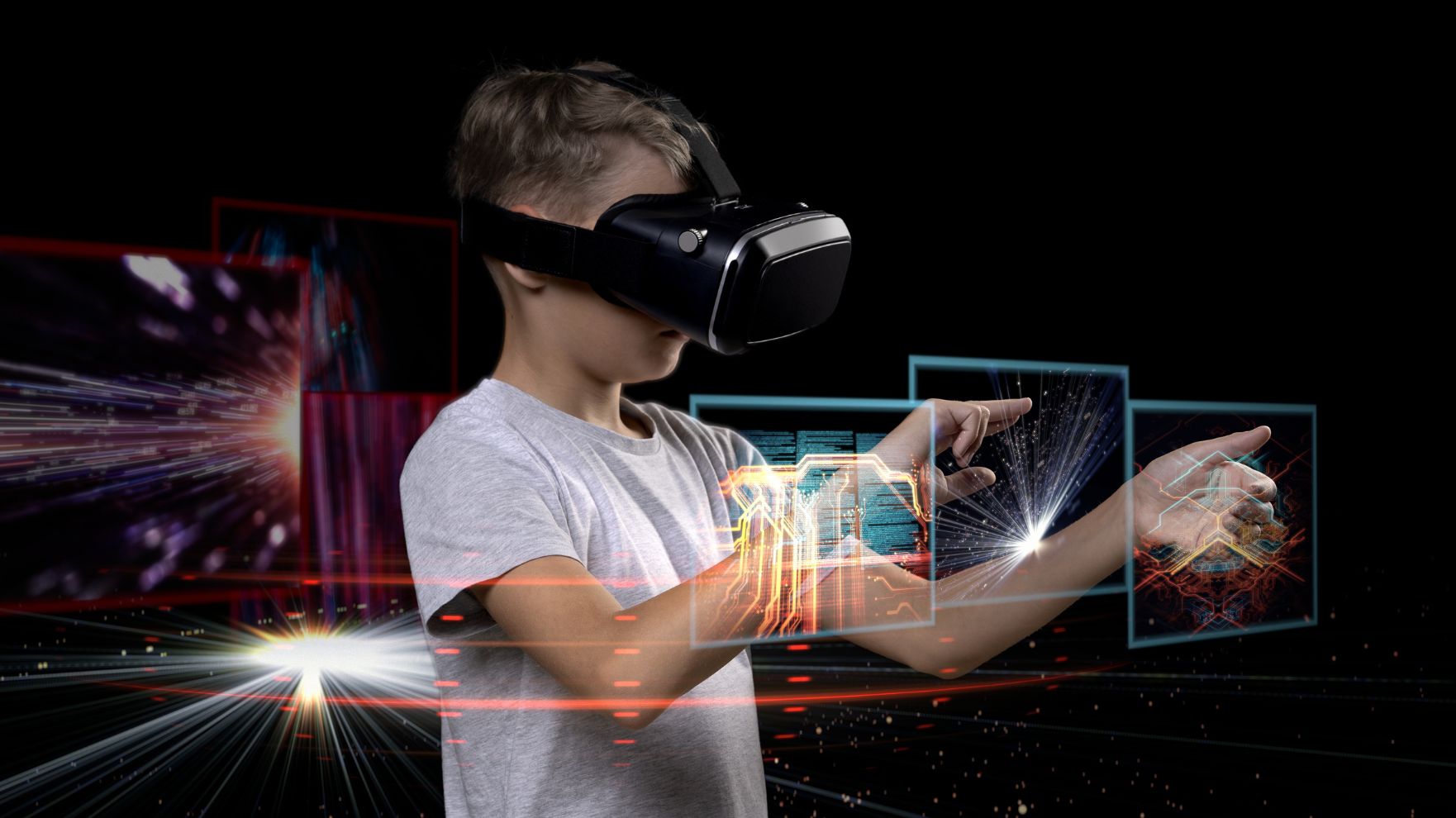
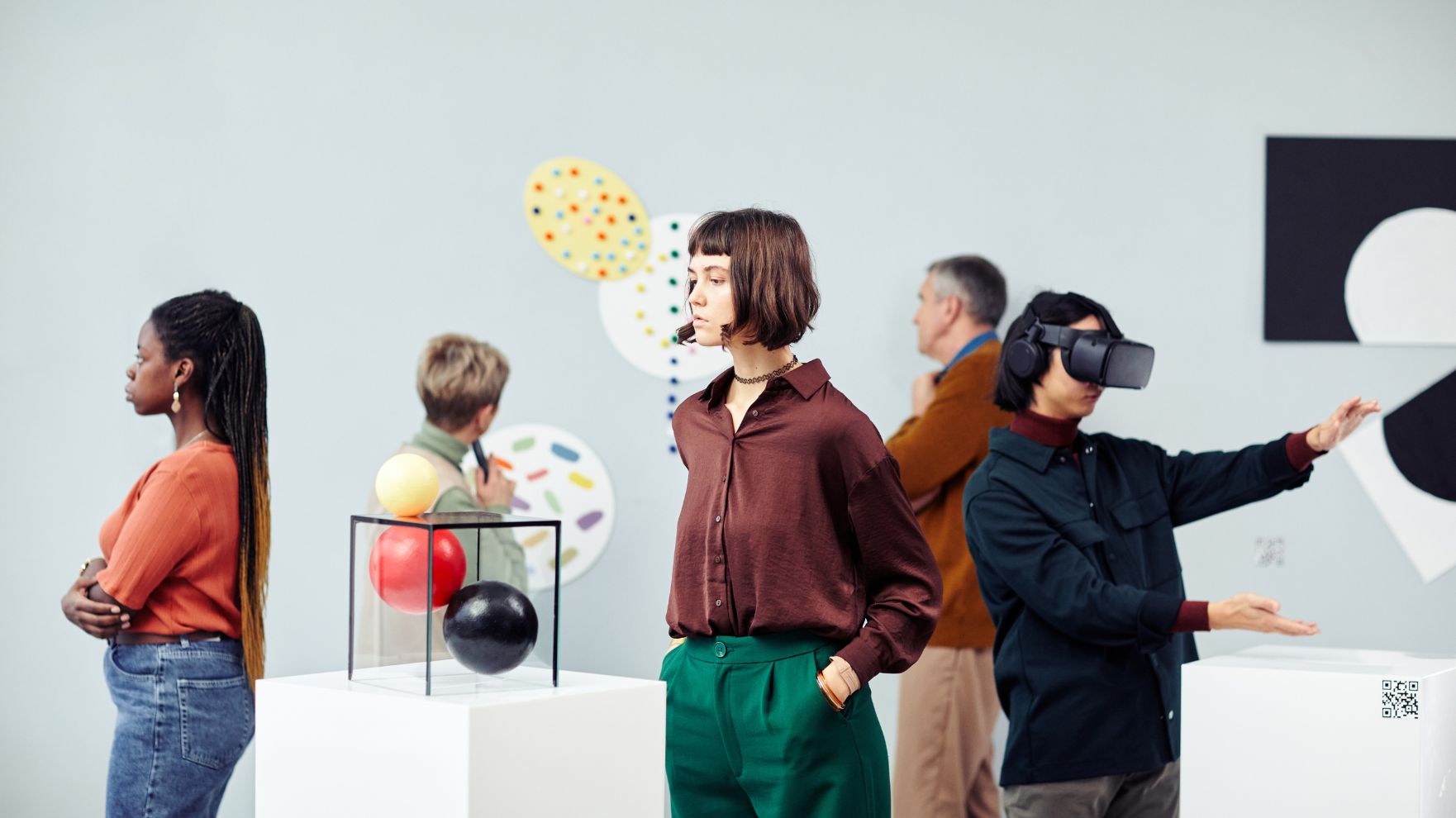
Cost factors for virtual exhibits
The implementation of virtual exhibits in exhibitions offers numerous advantages, but also entails a number of cost factors that must be taken into account when planning the budget. The cost factors for virtual exhibits are varied and should be considered at every stage of planning. From concept development and production costs to implementation and installation, detailed budgeting is essential to ensure that the investment in virtual exhibits provides sustainable value for the exhibition. Here are the most important aspects you should consider:
Concept development
Concept development is the first step in the creation of virtual exhibits and includes:
Production costs
Production costs are a significant factor in the creation of virtual exhibits and include:
Implementation and installation
Implementation and installation are crucial to the success of virtual exhibits and include:
Return on investment (ROI)
The introduction of virtual reality (VR) and virtual exhibits in exhibitions not only offers innovative experiences, but also a significant return on investment (ROI). The benefits include increased efficiency, improved visitor engagement and measurable commercial success. Investing in virtual reality and virtual exhibits pays off through increased efficiency and improved visitor engagement. The positive results from various case studies prove that VR not only improves the experience for visitors, but also brings measurable economic benefits for event organizers. With the right strategy, companies and institutions can fully exploit the potential of VR and achieve a sustainable ROI.
Increasing efficiency
By integrating VR technologies into exhibitions, organizations can optimize their processes. Virtual exhibits often require fewer physical resources and allow curators to create and update content more efficiently. This leads to:
- Faster installation times: Virtual exhibits can be set up faster than traditional physical exhibits, meaning exhibitions can be opened in less time.
- Flexibility in presentation: content can be quickly adapted or updated to respond to current events or visitor interests. This adaptability improves the efficiency of the entire exhibition.
Increase visitor loyalty
VR and virtual exhibits create an interactive and immersive experience that engages visitors more strongly with the exhibition. This leads to:
- Longer dwell times: Visitors immersed in VR environments often spend more time in the exhibition as they actively interact with the content. Studies have shown that the dwell time in VR-based exhibitions can be up to 50% longer than in traditional exhibitions.
- Higher engagement: The ability to interact with content increases visitor engagement. Emotional connections are fostered through immersive experiences, leading to positive memories and stronger brand loyalty.
Case studies and examples of successful implementations
To illustrate the ROI of VR and virtual exhibits, here are some examples:
- Museum of Natural History: When implementing a VR experience that allowed visitors to experience the dinosaur era, the number of visitors increased by 40% compared to the previous year. Not only did the immersive experience keep visitors in the museum longer, but they also interacted more with other exhibits.
- International Book Fair: A Book Fair integrated virtual exhibits that allowed visitors to immerse themselves in the world of books and experience interactive readings. The event saw a 30% increase in ticket sales and exhibitors reported greater interest in their products.
- Technology trade fair: A VR stand was set up at a technology trade fair, allowing visitors to try out products in a simulated environment. The interaction led to a 50% increase in leads as visitors got a better idea of the products.
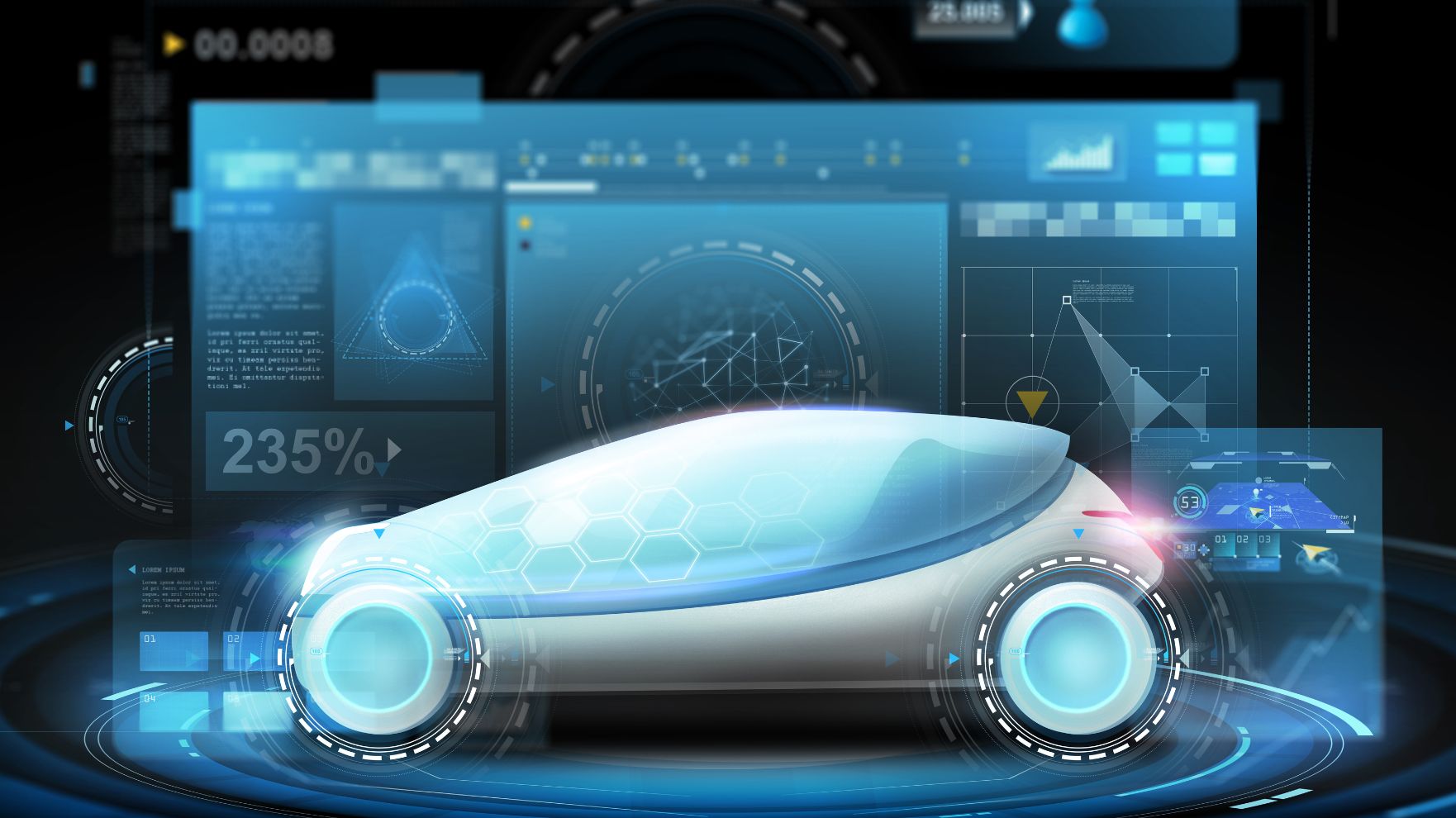
Case study 1: Innovation center of an automobile manufacturer
Background
A major car manufacturer wanted to upgrade its innovation center to showcase the latest technologies and models to visitors. The aim was to create an interactive experience that would not only inform, but also inspire and encourage visitor engagement.
Solution
The manufacturer decided to implement a virtual reality experience that allowed visitors to test a new electric vehicle in a simulated environment. Visitors were able to immerse themselves in the VR environment, drive the vehicle and try out various functions and technologies in a realistic setting.
Costs
The costs for implementing the VR experience were between 125,000 and 300,000 euros. This amount includes the development of the software, the purchase of VR headsets, the installation of the technical infrastructure and staff training.
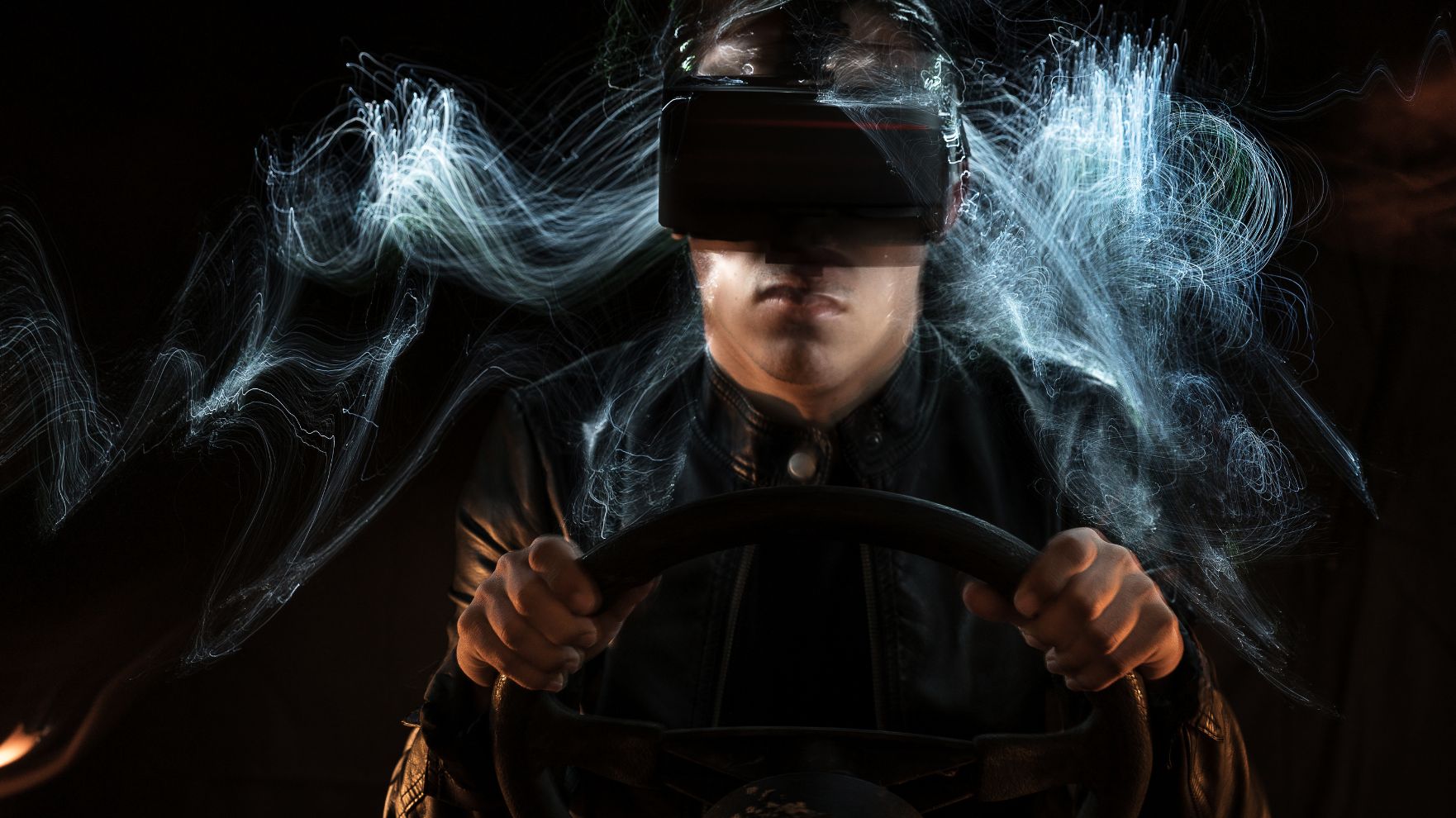
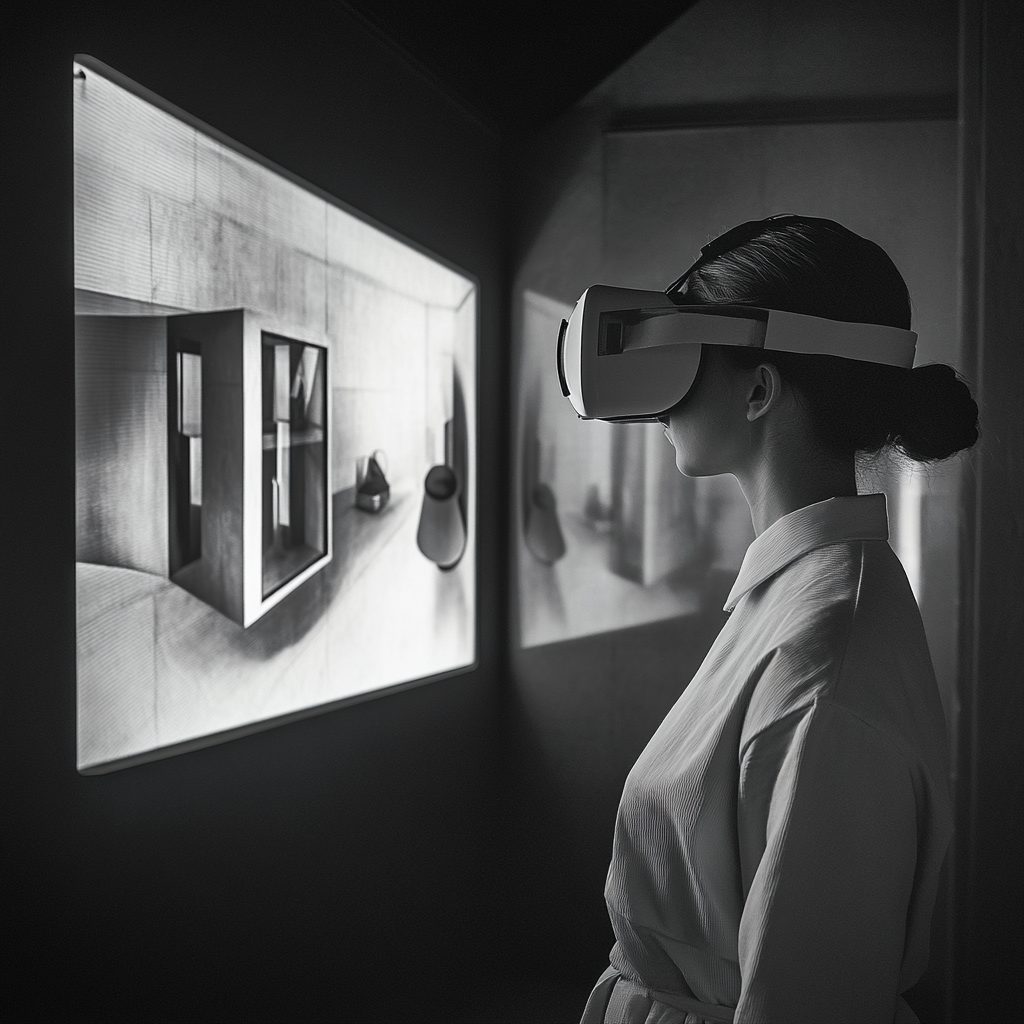
Case study 2: Virtual exhibition at the Museum of Art and Cultural History
Background
A museum for art and cultural history wanted to open a new exhibition focusing on the Impressionist art movement. However, due to budget and space restrictions, it was difficult to physically present all the planned exhibits.
Solution
The museum decided to develop a virtual exhibition in which important works of Impressionism were presented in a digital space. Visitors could virtually view the paintings, learn more about the artists and use interactive content to immerse themselves in the art movement. The virtual exhibition was accessible both on site and online.
Costs
The implementation of the virtual exhibition cost between 50,000 and 100,000 euros. These costs included the creation of the digital content, the development of the VR platform and the technical requirements for the presentation on site and online.

Virtual reality is revolutionizing the way we experience exhibitions. It not only offers the opportunity to present content in an immersive and interactive way, but also opens up enormous economic opportunities for companies. At a time when visitor expectations are rising, VR and virtual exhibits are the key to creating innovative experiences and strengthening brand loyalty in the long term.
Till Neitzke
Conclusion: Virtual reality and virtual exhibits: Economic considerations for exhibitions
The implementation of virtual reality (VR) and virtual exhibits in exhibitions offers significant economic benefits that should not be ignored. By increasing visitor numbers, improving the user experience and enabling new target groups to be reached, VR technologies represent a valuable investment. Companies that are early adopters of these technologies can not only strengthen their competitiveness, but also create innovative experiences that position their brand in a sustainable way.
Future outlook
The future of virtual reality in exhibitions looks promising. As technology advances, VR solutions are becoming more accessible and cost-effective, allowing more companies to integrate these technologies into their events. Trends such as the increasing use of augmented reality (AR) in combination with VR and the development of smart, interactive exhibits will further deepen visitor interaction.
Forecasts
In the coming years, virtual reality is expected to play a central role in event and exhibition design. The demand for immersive experiences will continue to grow and companies using VR technologies will be able to differentiate themselves from the competition. In addition, future developments in artificial intelligence (AI) and data analytics could help to create personalized and dynamic VR experiences that respond even better to visitors’ needs.
Overall, investing in VR and virtual exhibits is not just a question of technical innovation, but also a strategic decision that can help companies achieve their long-term goals and compete successfully in an ever-changing market. It is time to recognize the potential of virtual reality and integrate it into the future planning of exhibitions and events.

Successful together in the digital transformation –
Your introductory meeting with DMG
In our introductory meeting we will discuss
- what your current challenges are in digital projects
- how other companies have done it and how you can use this to your advantage.
- what needs to be done now and whether we are the right people for the job.
[ameliastepbooking]